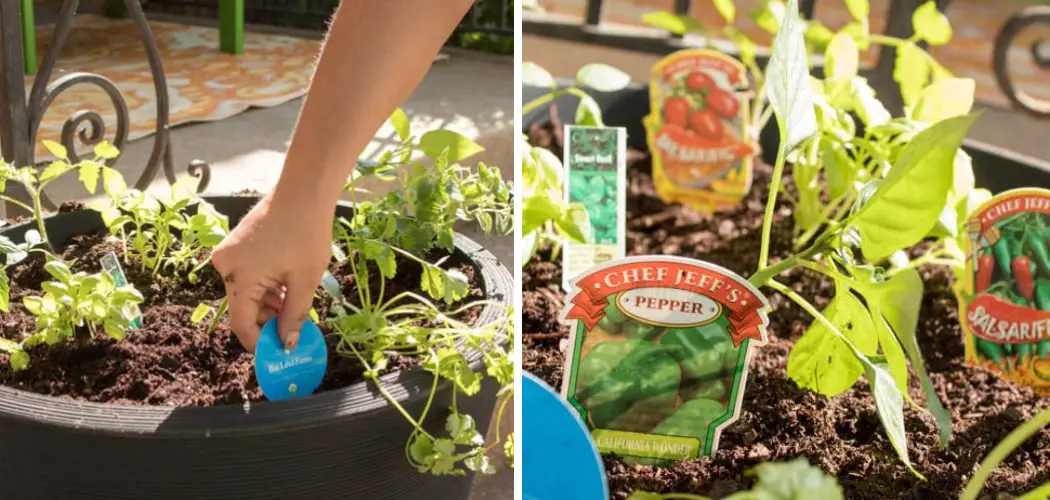Embrace the flavors of summer by growing your own salsa garden, bursting with the vibrant colors and tantalizing tastes of fresh ingredients. Cultivating a salsa garden is a rewarding and flavorful endeavor, allowing you to savor the joy of harvesting ripe tomatoes, zesty peppers, aromatic herbs, and other delectable additions that make the perfect homemade salsa.
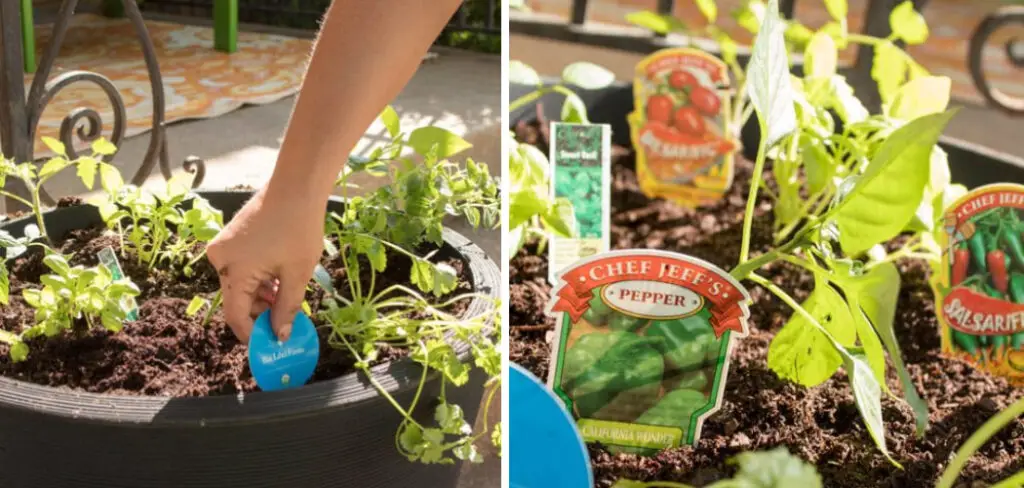
Whether you’re an experienced gardener or a green-thumb novice, this article will guide you through the essential steps and helpful tips on how to grow salsa garden that thrives with abundant goodness.
From selecting the right varieties of vegetables and herbs to providing optimal growing conditions, get ready to immerse yourself in a delightful journey of cultivating your own salsa garden, ensuring a bountiful harvest of garden-to-table goodness all season long.
Prepare to impress your taste buds and your guests with irresistibly fresh and tangy salsa crafted straight from your homegrown harvest.
The Joy of Growing Fresh Salsa Ingredients
Growing a salsa garden is an incredibly rewarding and healthy way to enjoy your favorite Mexican dishes. Whether you choose to grow tomatoes, jalapenos, onions, cilantro, or all of the above, having access to freshly picked produce makes for an amazing salsa experience.
Not only do you get to pick from the healthiest ingredients available, but you also get a great sense of satisfaction knowing that those ingredients came straight from your own backyard! Read on for tips and tricks on how to grow a successful salsa garden.
To begin with, it’s important to select an appropriate location for your plants. Salsa requires plenty of sunlight in order to thrive so make sure you find a spot with at least 6 hours of direct sunlight each day. Additionally, the soil should be well-drained and moist – if you’re unsure about your soil quality, consider adding organic compost or potting mix when planting.
When it comes to selecting varieties of vegetables for your salsa garden, there are so many options! Popular choices include tomatoes, jalapenos, onions, garlic, cilantro and bell peppers.
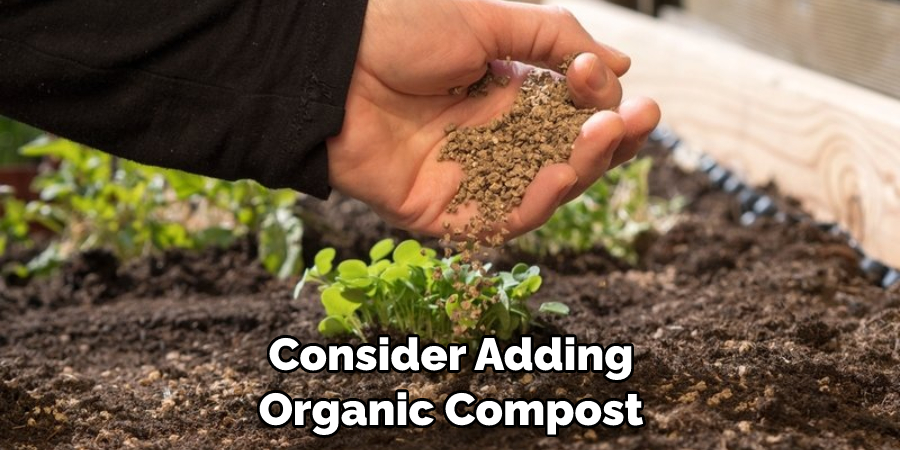
Consider the amount of space you have available when making your selection; while you may want to grow every single ingredient in your own garden, this isn’t always practical – some vegetables take up more space than others.
Planning and Designing for Salsa Garden
The first step in creating a salsa garden is planning and designing. It’s important to consider the climate, space, and layout of your garden before determining what types of vegetables and herbs should be included. Additionally, it’s important to think about how much time you have for maintenance and harvesting as well as what type of soil works best for the plants you want to grow.
When you’re ready to start planting, decide on a location that gets at least six hours of direct sunlight per day. You’ll also need enough room for containers or raised beds if necessary, so make sure that there’s enough space in your backyard or balcony. To improve drainage, create a slope away from the house by raising one end of the garden 4-6 inches.
For seasoning, consider adding herbs like cilantro or oregano, and for heat, chilies are a great option. To save space, look into growing vertical plants such as tomatoes or peppers on trellises. Additionally, select varieties that match your climate so they can thrive in the environment. Finally, choose pest-resistant varieties to minimize damage from insects.
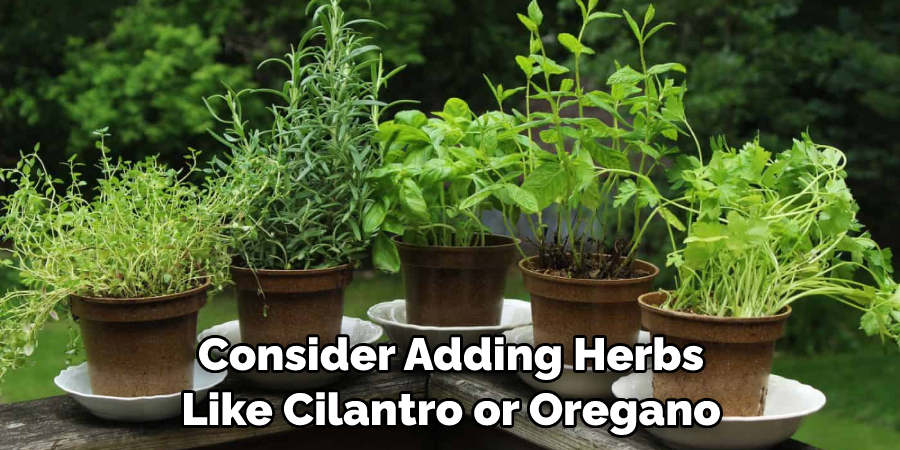
Identifying a Sunny and Well-Draining Spot
Salsa gardens thrive in a sunny spot with well-draining soil. Look for a location that receives at least 6 hours of direct sunlight each day and has good drainage. If your garden is located in an area with poor drainage, you can still grow salsa—just build raised beds to improve the drainage, or choose plants adapted to moist conditions like tomatillos.
For optimal growth, give your plants plenty of space; most varieties require at least 1 square foot per plant. If possible, try to place your salsa garden away from other vegetable crops so disease doesn’t spread easily between them. Once you have chosen the ideal spot for growing salsa, it’s time to prepare the soil!
10 Methods How to Grow Salsa Garden
Method 1: Plan Your Salsa Garden
The journey to a flourishing salsa garden begins with careful planning. Choose a sunny location in your garden that receives at least 6 to 8 hours of direct sunlight each day, as most salsa ingredients thrive in full sun.
Take into account the available space and the quantity of salsa you wish to produce, as this will determine the number of plants and the size of your garden. Sketch out a garden layout, considering the spacing requirements of each vegetable and herb to ensure proper growth and development.
Method 2: Select Salsa Garden Vegetables and Herbs
The heart of a salsa garden lies in the selection of the right vegetables and herbs. Tomatoes are a must-have ingredient for any salsa, and you can choose from a variety of types such as Roma, Cherry, or Beefsteak, depending on your taste preferences.
Peppers play a vital role in adding heat and flavor to salsa, and you can opt for hot varieties like jalapenos or milder options like bell peppers. Don’t forget the aromatic onions and garlic, which provide the signature zesty taste, and the refreshing cilantro, which adds a burst of herbal goodness.
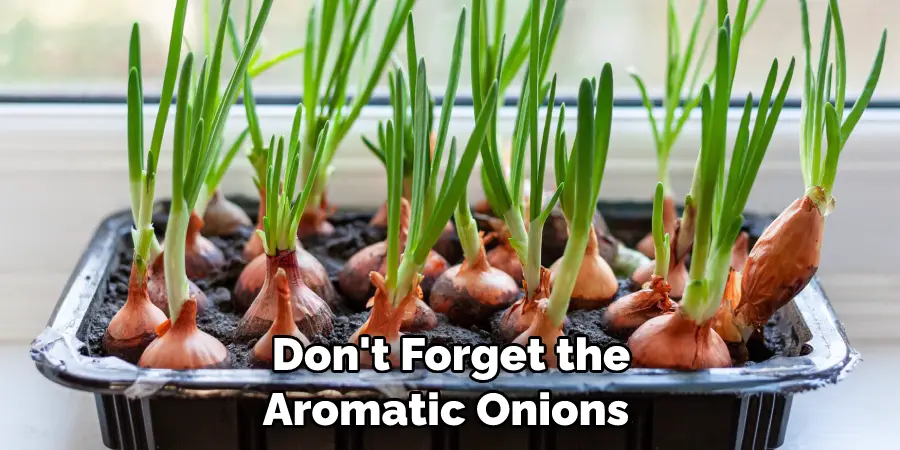
Method 3: Prepare the Soil
A fertile and well-prepared soil is the foundation for a successful salsa garden. Test the soil pH to ensure it falls within the range of 6.0 to 6.8, as this is ideal for most salsa garden vegetables and herbs. Amend the soil with organic matter like compost or well-rotted manure to improve its fertility, drainage, and water retention capacity.
Ensure that the soil is loose and friable to allow the roots to penetrate easily and access essential nutrients.
Method 4: Start Seeds Indoors
To gain an early start on the growing season, consider starting your salsa garden seeds indoors. About 6 to 8 weeks before the last expected frost date in your region, sow the seeds in seedling trays or small pots filled with a quality seed-starting mix. Follow the package instructions for the correct depth and spacing, and provide the seeds with warmth, moisture, and adequate light to encourage germination.
A warm and well-lit windowsill or a grow light will create an ideal environment for seedling development.
Method 5: Transplant Seedlings
Once your seedlings have developed their first true leaves and the risk of frost has passed, it’s time to transplant them into the garden. Harden off the seedlings by gradually exposing them to outdoor conditions over several days to help them acclimate to the change.
Select a calm and cloudy day for transplanting to minimize stress on the young plants. Space the seedlings according to their mature size, leaving enough room for proper air circulation and future growth.
Method 6: Provide Adequate Watering
Consistent and adequate watering is essential for the health and productivity of your salsa garden. Tomatoes and peppers, in particular, require regular watering to prevent issues like blossom end rot and to promote healthy fruit development.
Water deeply, providing about 1 to 2 inches of water per week, or more during hot and dry periods. Avoid overhead watering to reduce the risk of foliar diseases, and aim to water the base of the plants to keep the foliage dry.
Method 7: Fertilize Wisely
To ensure that your salsa garden plants receive the essential nutrients for optimal growth, fertilize them appropriately. Use a balanced fertilizer or one specifically formulated for vegetables and herbs. Follow the package instructions for the correct application rate and timing. Avoid over-fertilizing, as excessive nutrients can lead to lush foliage growth at the expense of fruit production.
Method 8: Support Tomato Plants
As your tomato plants grow, they may require support to prevent sprawling on the ground and to keep the fruits off the soil to avoid rot. Use stakes, cages, or trellises to provide support and keep the plants upright. Gently tie the stems to the supports as they grow, ensuring that you do not constrict or damage the plants. Proper support will also allow air and sunlight to reach all parts of the plant, reducing the risk of diseases.
Method 9: Monitor for Pests and Diseases
Regular vigilance is necessary to keep your salsa garden healthy and free from pests and diseases. Common pests that may affect tomato and pepper plants include aphids, caterpillars, and whiteflies. Keep an eye out for any signs of infestation, such as wilting leaves, holes in the foliage, or chewed fruits.
Use organic pest control methods like neem oil or insecticidal soap to deter pests without harming beneficial insects. Additionally, practice crop rotation, maintain good air circulation, and avoid overhead watering to reduce the risk of fungal infections and other diseases.
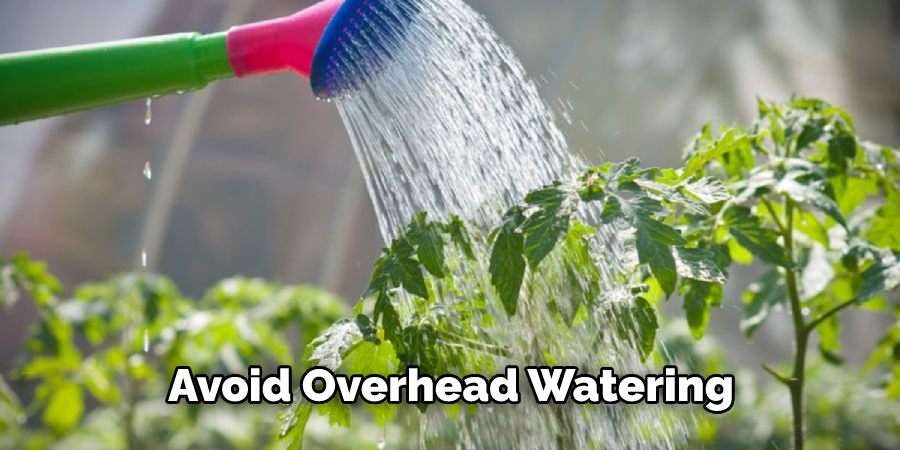
Method 10: Harvest and Enjoy
As your salsa garden matures, the time will come to reap the rewards of your hard work and dedication. Harvest tomatoes when they are fully ripe and have developed their characteristic color and flavor.
Peppers can be harvested at various stages, from green and mild to fully ripened and fiery. Onions and garlic are ready to harvest when the foliage begins to yellow and fall over. Cilantro leaves should be picked when they are full and aromatic.
Conclusion
Growing a salsa garden is not only a fun and rewarding way to spend your time, but it’s also a great way to source healthy ingredients for your next meal. If you’re looking for a way to make the most of your gardening space, why not give salsa plants a chance? This guide has given you all the information you need on how to get started growing a vibrant and delicious salsa garden in no time.
Start with heirloom seeds or local varieties, if available, then pick out the right containers or planters for the job. Follow these simple instructions outlined in this blog post about how to grow salsa garden, and you’ll be able to get the job done with ease.

